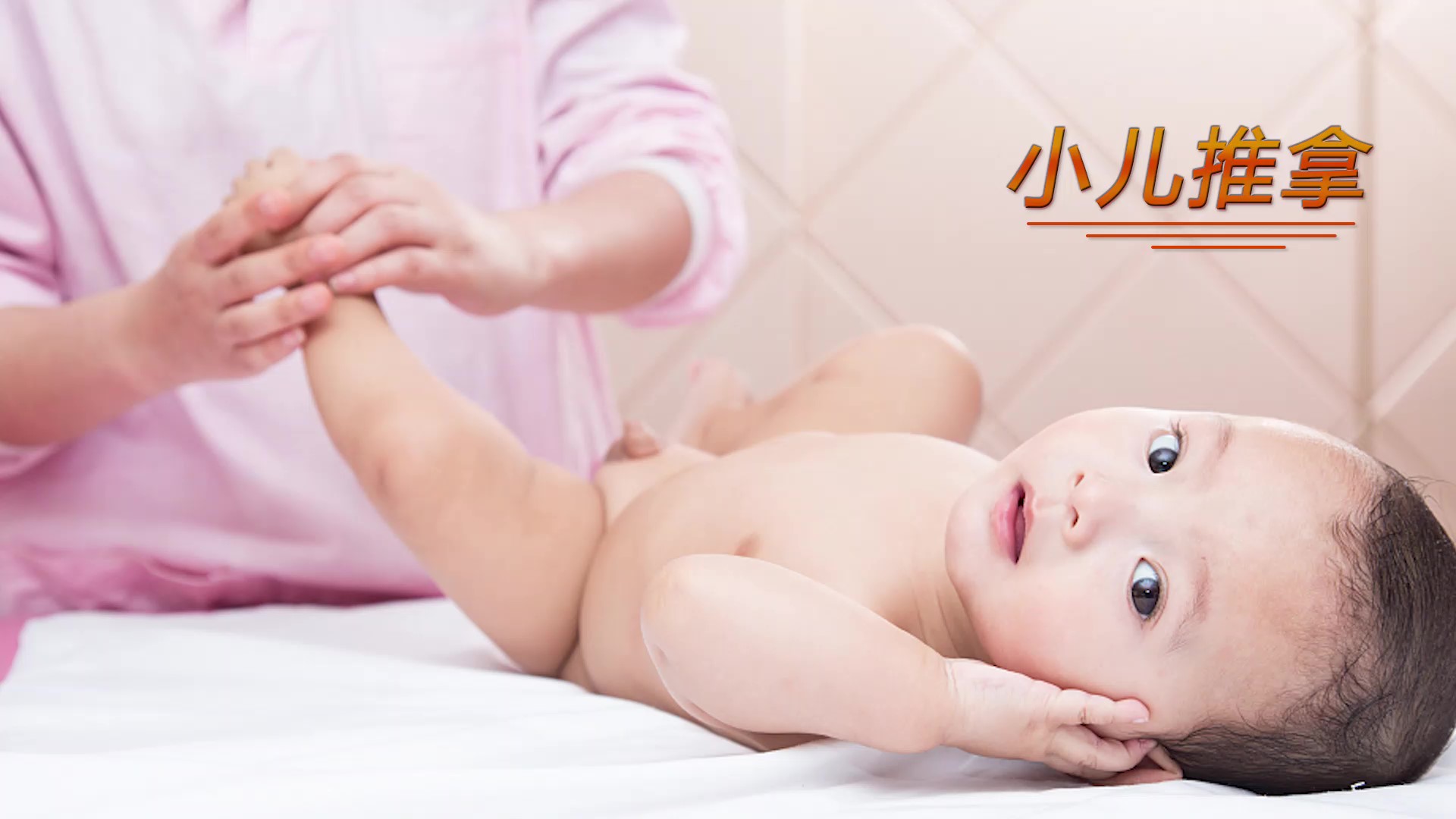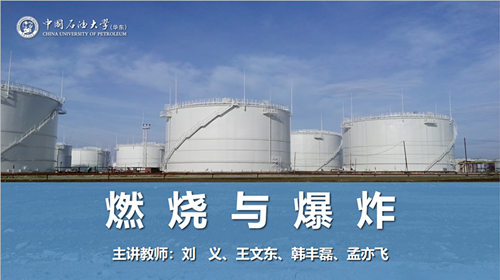
当前课程知识点:Chinese Ceramics > Unit 14 Contemporary Chinese Ceramics > 14.4 The Trade of the Artisans Ⅱ > 14.4 The Trade of the ArtisansⅡ
返回《Chinese Ceramics》慕课在线视频课程列表
你们在做什么呢
我们在制作陶艺作品
这个花瓶是我做的
中国陶艺艺术之所以出名
是因为陶艺作品很小,但看起来很真实
作品通常是可爱的孩子或者活泼的中国童话故事
或历史故事中的人物。对吗
对的,这些碎片由一种非常特殊的粘土
手工精心塑造,然后风干
干燥后,它们是在很高的温度下燃烧的
然后抛光和彩绘
要花几个星期才能完成所有的工作
看,这是小狗,那是公鸡
哦,上面有中国工笔画和一个小猪佩奇
太神奇了
大家好,欢迎来到课堂
今天我们继续讲解工匠的学问
第一个全面记述“陶之业”与“陶之人”
而堪当“陶瓷美术家”之名的
则首推清人唐英
唐英,字俊公
自号陶成居士
1682年生于沈阳
祖籍正白旗下满洲人
世居沈阳
16岁入值
满清皇室的内务府
凡是康照皇帝“车驾所临”,他无不朝夕趋承
他在内廷三十年
学得能诗等面,学问通达
雍正六年
秋八月
奉命督陶江西
代朝廷管理陶政
他到景德镇后,自问制陶
虽是件很小的差事
是他完全不知道的
自己对于物料、火候、色釉变化
以及造型样式的异同都茫然无知,不知如何下手
于是闭门谢客,悉心钻研陶务
与工匠同吃同住三年
学陶人之本色
探陶人之天地
了解两陶人之悲欢离合、眼界胸怀
在充分体察陶工后,化自己为一陶人,跟着工匠学技术
变外行为内行
他还阅读了大量文献典籍
查找有关制瓷的知识
并专门组织人去古窑场作科学考察
捡拾瓷片进行分析研究
从实物着眼
从文献资料着手
竭尽全力了解前辈的技艺和他们的创造性劳动
据说,唐英是中国历史上
督陶最久的官员
由于他讲求陶法,于泥土
釉料、坯胎、火候都很有心得
在他主持或设计下
景德镇御窑厂进入了自宋代以后的又一个高峰
所出精品瓷器更是洋洋大观,无论是瓷器装饰方法、造型设计
还是制瓷技术都真正做到了集以往陶艺之大成
他在瓷器颜色釉方面
仿古创新的贡献无人能与之比肩
仅高、低温颜色釉就有57种之多
在造型与纹样装饰方面
他能做到在一个地区一个窑场
既仿前朝佳器
又仿各地名窑作品
彩绘“山水人物
花鸟写意之笔
青绿渲染之制,四时远近之景”无所不有
而且“规抚名家,各有原本”
还每每以玲珑、新奇取胜
不仅满足艺术的要求
而且也满足了皇家的欲望和追求
制作水平和质量
都达到了前所未有的高度
因此,唐英督陶28年间
景德镇烧出的瓷器世称“唐窑”
是公认的“瓷中珍品”
所谓工匠的学问也是经验的学问。对吗
是的,唐英致力于
制瓷工艺的总结和改革
在中国陶瓷史上
第一个建立起了最完整的工艺流程
并编绘出了《陶冶图说》
对中国古代制瓷工艺作了
最完整的科学记录
他先后编写的《陶务叙略》、《陶成纪事》、《瓷务事宜谕稿》等著作
为我们留下了一份宝贵的财富
今天的课就到这里
感谢观看,下次再见
-1.1 Introduction
-1.2 Ceramics in Neolithic, East Han and Wei-Jin Dynasties
--Ceramics in Neolithic, East Han and Wei-Jin Dynasties
-1.3 Sui and Tang dynasties and Song Dynasty ceramics
--Sui and Tang dynasties and Song Dynasty ceramics
-1.4 Ming and Qing Dynasties
-Unit 1 test
--Unit 1 test
-Discussion questions
-2.1 The Unique Chinese Ceramic Culture
--The Unique Chinese Ceramic Culture
-2.2 The Historical Development of Chinese Ceramic Making
--The Historical Development of Chinese Ceramic Making
-2.3 Chinese Ceramic Shape Art
-2.4 Chinese Ceramic Painting Art
--Chinese Ceramic Painting Art
-2.5 Chinese Ceramic Folk Stories
--Chinese Ceramic Folk Stories
-Unit 2 test
--Unit 2 test
-Discussion questions
-3.1 CeramicCulture and the Zodiac
--CeramicCulture and the Zodiac
-3.2 The heritage of traditional ceramic culture
--The heritage of traditional ceramic culture
-3.3 The development and innovation of ceramic art
--The development and innovation of ceramic art
-Unit 3 test
--Unit 3 test
-Discussion questions
-4.1 Gorgeous Colored Pottery
-4.2 The Method of Making Colored Pottery
--The Method of Making Colored Pottery
-4.3 Primitive Colored Pottery Ⅰ
-4.3 Primitive Colored Pottery Ⅱ
-4.3 Primitive Colored Pottery Ⅲ
-4.4 Black Earthenware
-4.5 White Pottery and Primitive Porcelain
--White Pottery and Primitive Porcelain
-Unit 4 test
--Unit 4 test
-Discussion questions
-5.1 Terracotta Warriors in Qin Dynasty
--Terracotta Warriors in Qin Dynasty
-5.2 Potteries in Han Dynasty
-Unit 5 test
--Unit 5 test
-Discussion questions
-6.1 Dragon kiln and Celadon
-6.2 Yue Kiln and Wuzhou kiln
-6.3 Deqing Kiln and Ou kiln
-6.4 Longquan Wares
-6.5 Yaozhou Wares
-Unit 6 test
--Unit 6 test
-Discussion questions
-7.1 Tang Tri-Colored Pottery
--7.1 Tang Tri-Colored Pottery
--7.1 Tang Tri-Colored Pottery
-7.1Tang Tri-Colored Pottery
--7.1 Tang Tri-Colored Pottery
--7.1 Tang Tri-Colored Pottery
-Discussion questions
-Unit 7 test
--Unit 7 test
-8.1 The flourishing age of the Song Dynasty
--8.1 The flourishing age of the Song Dynasty
-8.2 The flourishing age of the Song Dynasty
--8.2 The flourishing age of the Song Dynasty
-8.3 Ding Wares
-8.4 Ru Wares
-8.5 Guan Wares
-8.6 Ge Wares
-8.7 Jun Wares
-Discussion questions
-Unit 8 test
--Unit 8 test
-9.1 Reasons for the maturity of Qinghua porcelain in Yuan Dynasty
--9.1 Reasons for the maturity of Qinghua porcelain in Yuan Dynasty
-9.2 The Invention of Blue-and-white Porcelain in the Tang Dynasty
--9.2 The Invention of Blue-and-white Porcelain in the Tang Dynasty
-9.3 Fine China Ware became the Symbol of ChinaⅠ
--9.3 Fine China Ware became the Symbol of ChinaⅠ
-9.3 Fine China Ware became the Symbol of ChinaⅡ
--9.3 Fine China Ware became the Symbol of ChinaⅡ
-9.3 Fine China Ware became the Symbol of ChinaⅢ
--9.3 Fine China Ware became the Symbol of ChinaⅢ
-9.4 The charm of QinghuaⅠ
-9.4 The charm of QinghuaⅡ
-9.4 The charm of QinghuaⅢ
-Discussion questions
-10.1 Da Ming Wucai
-10.2 Wooden engravings influence on Wucai porcelain
--10.2 Wooden engravings influence on Wucai porcelain
-10.3 Kangxi Wucai
-10.4 Liling Under-glaze multicolored porcelainⅠ
--10.4 Liling Under-glaze multicolored porcelainⅠ
-10.4 Liling Under-glaze multicolored porcelainⅡ
--10.4 Liling Under-glaze multicolored porcelainⅡ
-Discussion questions
-11.1 The advent of Fencai
-11.2 Fencai Porcelain in the Yong zheng period
--Fencai Porcelain in the Yong zheng period
-11.3 Fencai Porcelain in the Qianlong Period
--Fencai Porcelain in the Qianlong Period
-Discussion questions
-13.1 Zisha-pottery
-13.2 The Zisha Teapot
-13.3 The Zisha tea set in the Ming Dynasty
-Discussion questions
-14.1 Development of Contemporary Chinese ceramic art
--14.1 Development of Contemporary Chinese ceramic art
-14.2 The internationalization trend of Chinese modern ceramics
--14.2 The internationalization trend of Chinese modern ceramics
-14.3 A new style of contemporary ceramic art Ⅰ
--14.3 A new style of contemporary ceramic artⅠ
-14.3 A new style of contemporary ceramic art Ⅱ
--14.3 A new style of contemporary ceramic art Ⅱ
-14.4 The Trade of the Artisans Ⅰ
--14.4 The Trade of the Artisans Ⅰ
-14.4 The Trade of the Artisans Ⅱ
--14.4 The Trade of the ArtisansⅡ
-Discussion questions
-15.1 Unique Cloisonné technique
--15.1 Unique Cloisonné technique
-15.2 The Craftsmanship and Development of Cloisonné
--15.2 The Craftsmanship and Development of Cloisonné
-15.3 The Problems Facing the Inheritance of Cloisonné
--15.3 The Problems Facing the Inheritance of Cloisonné
-15.4 The inheritance and development of Cloisonné
--15.4 The inheritance and development of Cloisonné
-Unit 15 Test
--Unit 15 Test
-Discussion questions
-16.1 Appreciation of Chinese ceramics
--16.1 Appreciation of Chinese ceramics
-16.2 Explore the origins of ancient ceramics Ⅰ
--16.2 Explore the origins of ancient ceramics Ⅰ
-16.2 Explore the origins of ancient ceramics Ⅱ
--16.2 Explore the origins of ancient ceramics Ⅱ
-Unit 16 Test
--Unit 16 Test
-17.1 Traditional Chinese Decorative Patterns
--17.1 Traditional Chinese Decorative Patterns
-17.2 Application of Traditional Chinese decorative patterns in ceramics
--17.2 Application of Traditional Chinese decorative patterns in ceramics
-Unit 17 Test
--Unit 17 Test
-Discussion questions


